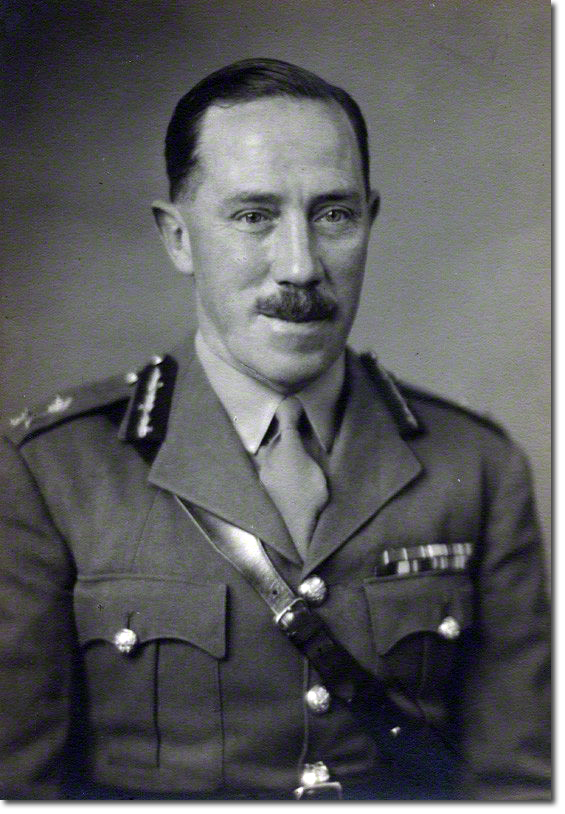|
|


|
|
In April 1945 Sir Hubert Rance was appointed director of civil affairs in Burma. He arrived in Rangoon at the beginning of June. His tasks were to administer the civilian population and begin Burma's rehabilitation after three years of Japanese occupation. He also became politically involved through his support for Mountbatten's policy of working with the rising tide of Burmese nationalism. Not all of his staff agreed with him. He wrote to Mountbatten in September 1945: 'The majority of my officers are Burma officials and they could not or would not see that the present political set-up is quite different to anything that existed in pre-war days' (Tinker, 1.471). Rance had reservations when Mountbatten's military administration of Burma ended in October 1945 and Sir Reginald Dorman-Smith returned as governor. He thought it too early for civilian government because Burma's police force was not properly trained.
In February 1946 Rance left Burma, never expecting to return. Nevertheless he was back at the end of August 1946 (following a brief spell as deputy commander, south-western district, based at Taunton), this time as governor with a knighthood (as GBE; he had been appointed CB earlier in the year) and the military rank of major-general. He took over from Sir Henry Knight, who had led a caretaker administration since June, Dorman-Smith having left Burma ostensibly on health grounds but in reality because he had been recalled. Relations with the nationalist Anti-Fascist People's Freedom League (AFPFL) and its leader, Aung San, had deteriorated during Dorman-Smith's governorship. Dorman-Smith was hostile to the AFPFL and wanted Aung San tried as a war criminal. In turn the AFPFL was not prepared to co-operate with an extended British timetable for independence. They were behind a police strike which started the day after Rance was sworn in as governor. Rance played a significant role in Burma's independence. He persuaded a reluctant Labour cabinet in London to negotiate with the AFPFL. Rance insisted they had popular support and warned of an uprising if talks were not held. British ministers believed the AFPFL had no mandate, but Aung San led a delegation to London and concluded an independence agreement with the prime minister, Clement Attlee, in January 1947. Equally important, when Aung San was assassinated in July 1947 Rance acted immediately by inviting Nu to head the government. Hesitation on the part of the governor might have been fatal, especially when it became known that British army officers were implicated in the theft of weapons used in the killings. Much to Rance's own regret, Burma had chosen to become independent as a republic outside the British Commonwealth before Aung San was killed. Faced by local communist opposition, the AFPFL could not accept allegiance to a foreign monarch. Rance lent his voice to others arguing for a change in the basis of membership to enable Burma to remain in the Commonwealth, but it was not until April 1949, fifteen months after Burma's independence, that a formula was agreed allowing India to become a republic within the Commonwealth. Image courtesy of National Portrait Gallery |
Armed Forces | Art and Culture | Articles | Biographies | Colonies | Discussion | Glossary | Home | Library | Links | Map Room | Sources and Media | Science and Technology | Search | Student Zone | Timelines | TV & Film | Wargames